 |
| An Asiatic cheetah in captivity |
The Asiatic cheetah is one of the most critically endangered of animals in the world. With fewer than 50 individuals believed to be remaining in Iran, this magnificent cat's survival hangs in a delicate balance. The cheetah's status in Iran has prompted crucial conservation efforts to ensure that it does not disappear into extinction. However, these efforts have been hampered tremendously with eight researchers from the Persian Wildlife Heritage Foundation (PWHF) being arrested in 2018 on baseless allegations of spying on Iran for other countries by the intelligence section of the Islamic Revolutionary Guard Corps (IRGC). The researchers, as part of their work, used cameras to keep track of cheetahs which to the IRGC appeared that they were supposedly carrying out espionage while using PWHF as a front. Six researchers were found guilty without the presence of legal counsel, while four were charged with "corruption on Earth" which carries the death penalty. One of the researchers arrested was Niloufar Bayani, who was sentenced to ten years in prison. A graduate of Montreal's McGill University, she told the court that she had been tortured physically and psychologically in order for her to confess; a claim which she later took back. According to Amnesty International, she was threatened with hallucinogenic drugs, beatings, and denailing. Other researchers who were found guilty included Mohrad Tahbaz, who also received a ten-year sentence, while Hooman Jokar and Taher Ghadirian were sentenced to eight years. Sepideh Kashani and Amirhossein Khaleghi were sentenced to six years, while Sam Radjabi and Abdolreza Kouhpayeh have yet to receive their sentences. The researchers' arrest shocked and angered scientists around the world.
 |
| An Asiatic cheetah with a hare |
There are no words to describe such news as this. It shocks and angers me that these innocent researchers were trying to to save the Asiatic cheetah from becoming extinct and end up being arrested and being found guilty on charges of espionage for which there is no shred of evidence. However, it is also true that Iran is constantly facing sanctions from western countries, including U.S, which affects its entire population. So perhaps is Iran motivated to take such extreme actions to get back at western countries? Regardless, incidents like this makes me want to question Iran's stand on the conservation of the cheetah. Is the country trying to save the cheetah from becoming extinct or is it letting the animal vanish into history just the way the Caspian tiger and Asiatic lion became extinct in Iran?
_02.jpg) |
| A pair of Asiatic cheetahs |
I should point out that Iran does have some programs to protect its wildlife, including the cheetah. The Iranian Cheetah Society is actively involved in the country's conservation of the cheetah and other wildlife and conducts various research projects on the wildlife and is even a consultant for its conservation for the Iranian government. The methods and techniques the Iranian Cheetah Society has been carrying out for its wildlife protection are compiled in this annual report from 2018.
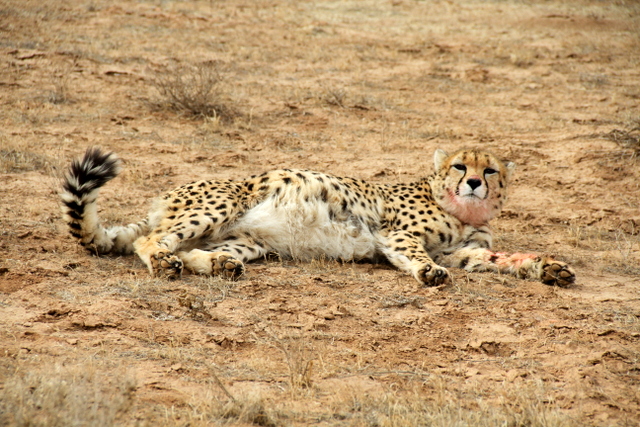 |
| Asiatic cheetah resting |
Regardless, Iran has taken this extreme step of imprisoning the researchers which is deplorable. This implies that even though Iran has not given up on the conservation of the Asiatic cheetah, it still holds a grudge against western countries that holds sanctions against it. I strongly believe that better sense prevails and the governments of Iran and other countries work together to find a diplomatic solution to release the researchers.
View article here





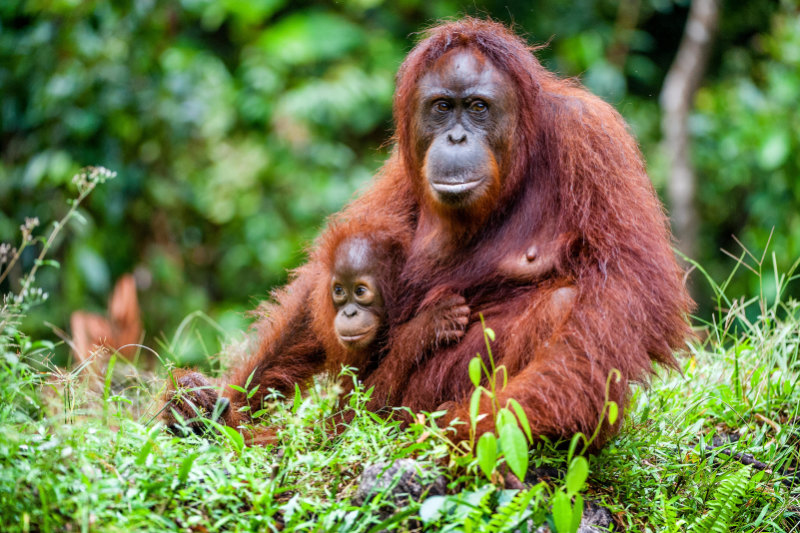

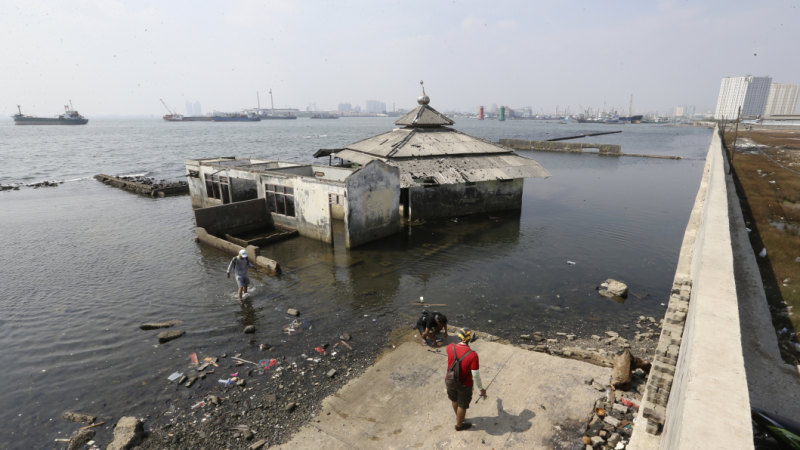



.jpg)
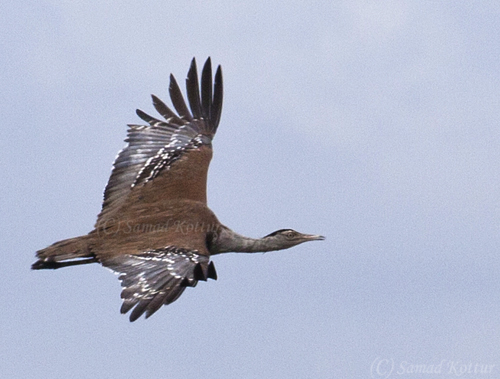








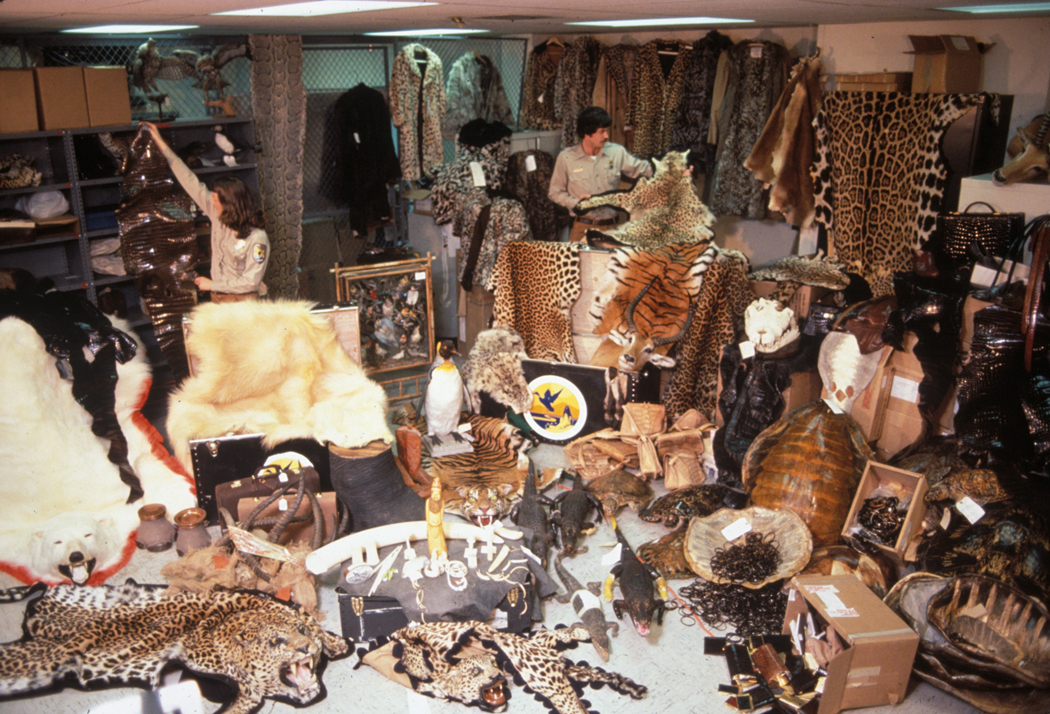
.jpg/1920px-Myanmar_Illicit_Endangered_Wildlife_Market_04_(cropped).jpg)
